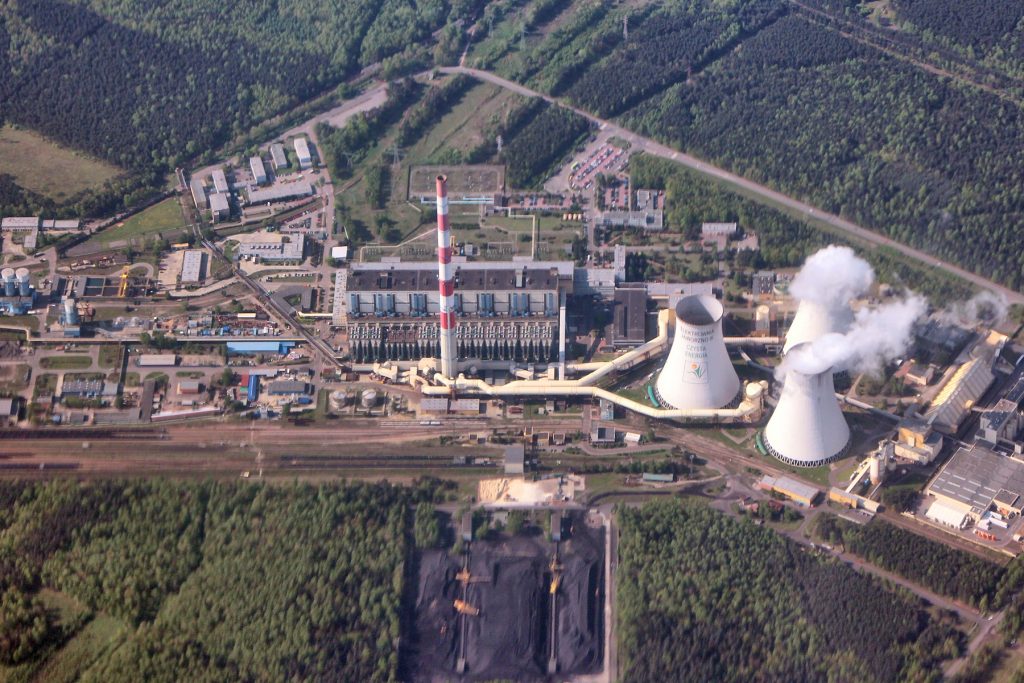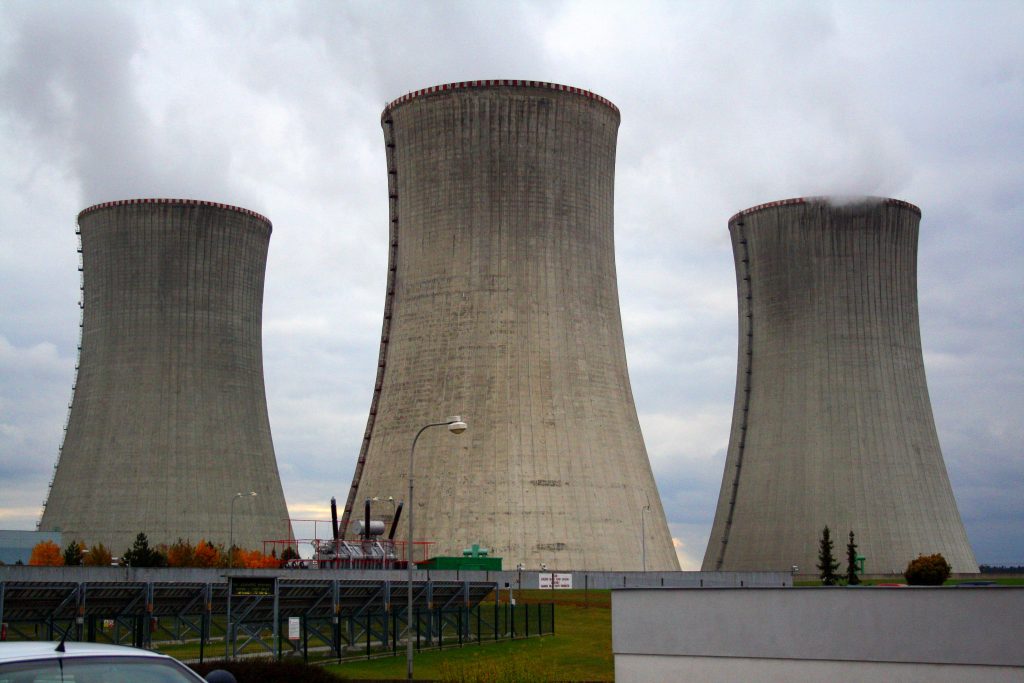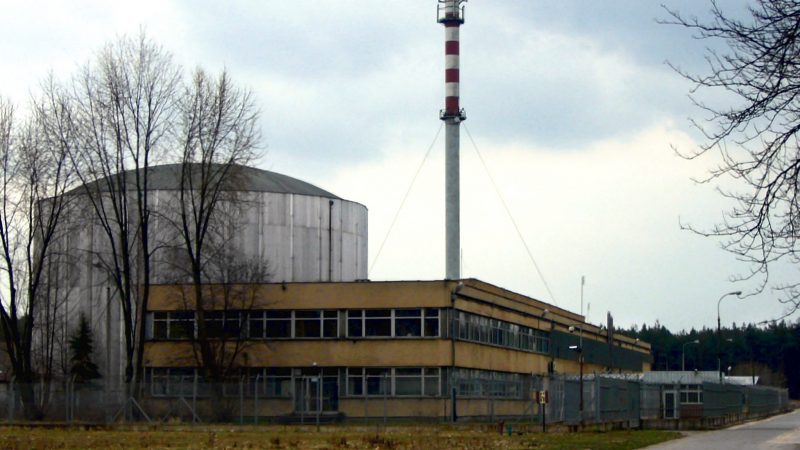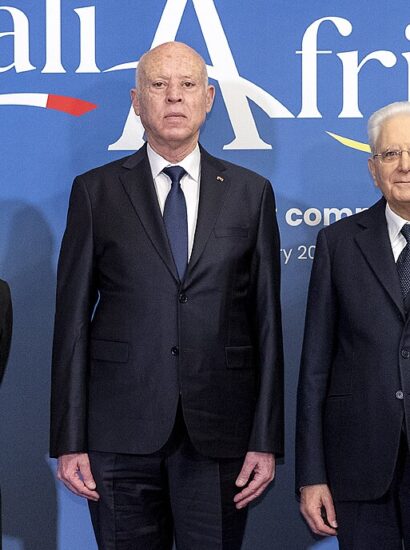Poland’s history has been a very complicated one and is constantly in the making with big decisions and complicated relationships with allies or blocs. Blocs, in particular the area of interest of the Soviet Union where Poland found itself after the Second World War, have been deterministic. Poland was, for way too long, essentially a coal-supplier for the Soviet Union and has taken steps to gain independence in only the last two or three decades: according to steps already taken, nuclear energy in Poland is gaining traction as a way for the country to distance itself from coal-based industry and energy policy.
Beyond the defining historical moments this analysis attempts to answer questions like: What factors are in play in the fledgling sector? Who are the main stakeholders and partners? What can Poland do in its nuclear energy policy to be successful?
A Typical Eastern European Economy: From Agriculture and Trade to Coal-Mining
Poland’s energy supply has since the times of industrialisation been heavily reliant on oil, coal and natural gas. These fossil-based and highly carbon-emitting sources has formed the backbone of the Polish industry for decades, especially since the first years of the Soviet Union. Similar to other soviet satellites, the rapid and state-controlled investment into heavy industry took the limelight, while environment protection and workers’ rights were non-existent.

Miners at the Virginia-Pocahontas Coal Company Mine in 1974 waiting to go to work on the 4 pm to midnight shift. (Photo: Jack Corn)
While one may put Poland, Russia and the Soviet Union in a similar economic and geopolitical basket, this image is rather recent. Before the Second World War, Poland’s economy was mostly reliant on agriculture and trade with the West. Its economic relationship with tsarist Russia and what later became the Soviet Union was negligible at best. Only as a result of Soviet troops marching through and ransacking inside the territorial borders of Poland did it become part of Eastern Europe in an economic and political sense.
If we went even farther back in time, we could argue that the Kingdom of Poland is in fact a Northern country, given its relationship with Sweden and the multiple wars fought between them. Nevertheless, the Soviets came to stay after the Second World War ended. Starting from 1944-45 Moscow also started to enact long-lasting changes to Poland’s entire economic and energy system.
The Life of a Soviet Satellite State
One of the first decisions by Moscow after the war, was to begin the exploration of newly acquired land. Russia had to start its own reconstruction after the victorious patriotic war. Soviet “benevolence” in this period was led by its exploitative devices. Its claim of German assets and definition of war booty, ostensibly justified the dismantling of the newly acquired territories of Poland.
One example of the exploitation was the Reparations Agreement, signed in August 1945. The terms stipulated that in compensation for the remaining German assets in Poland’s Western side (and also for the delivery to Poland of 15 percent of German reparations collected) was for the Soviet Union to receive specific quantities of Polish coal delivered annually at a special price: 8 million tons in 1946, 13 million tons for four years and 12 million tons annually for the duration of the Soviet occupation of Germany.
This coal gave fuel for Russia’s industrialisation, but also locked Poland into a future heavily reliant on coal. Between 1949-56 coal had a 60% share in Poland’s foreign trade export.
The emphasis on coal production also had an effect inside the country. From 1949 to 1954, domestic coal consumption rose by 44.4% while coal output had risen only by 12.3%. This means that the country became increasingly more reliant on coal, both for power generation and heating.

Jaworzno Power Station in Poland. The power plant uses coal to generate electricity. (Photo: Wikimedia Commons / Marek Slusarczyk)
Even today, 3.8 million households use coal for heating in Poland. There is 50 million tons production inside the country, with 12 million tons of import, of which 8 million tons came from Russia until the 2022 ban. With this background, it’s easier to understand why Poland was set against the climate neutrality target set by the EU by the year 2050 – which was, after tough negotiations, eventually accepted by Poland.
Breaking The Habit: The First Steps Towards Nuclear Energy in Poland
Breaking the dependency on coal requires massive financial and political investment. At least on the latter, the decision has been made. Poland already tried to construct a nuclear power plant back in the 1980s, then the green light was givenby the Communists. However, in 1990, following the transition from communism, the construction of a nuclear power plant on the Baltic coast was stopped mid-way. After a moratorium, plans were again picked up in the 2010s, but saw no progress until the Law and Justice (PiS) party came to power in 2015.
By then climate policy increasingly became a focal point in European politics. PiS understood this. They also knew that their massive dependency on coal for electricity generation would make the transition expensive. The Polish government has officially communicated that the country would need a capacity of 6-9 gigawatts (GW) of nuclear energy to replace coal-fired generation. The average price for a 1 GW capacity nuclear power plant is 6-9 billion dollars. The total investment – not withstanding delays and penalties – is somewhere between 36 – 81 billion dollars. This is a massive amount.
The Race for Poland’s Nuclear Energy Sector
There are only a few companies which have acquired the technology to build nuclear power plants. Rosatom of Russia is one of the most important players in the market. Finland’s Fennovoima signed the plant supply contract for Hanhikivi with Rosatom’s nuclear power plant exports subsidiary in December 2013. Rosatom offered to build a plant using a 1200 megawatts (MW) AES-2006 VVER under a fixed-price contract. Shortly after Russia’s invasion of Ukraine Finland cancelled the contract. It remains to be seen who ends up compensated. Hungary has also signed with Rosatom to build a second plant near the city of Paks. That project is increasingly delayed and even in the most optimistic scenario it won’t come online until the first half of 2030.
Poland’s reluctance on inviting Rosatom to build-up its own nuclear energy boils down to political, not technological reasons.
Rosatom has regional experience, export capacity and technological know-how. In hindsight, it was a correct policy decision by Warsaw to look at other sources. Czechia did the same and now there are three companies in the race to invest in nuclear energy in both countries: Westinghouse (USA), KHNP (South-Korea) and Framatome (France).

Cooling towers of Dukovany Power Station near Dukovany, Czechia. (Photo: Wikimedia Commons / Frettie)
It All Comes Down To The Big Three
All three companies enjoy state support to expand. Building the infrastructures is important for both the public and private sector.
The profit of building a 20 billion dollars worth of investment in nuclear energy is not solely financial. That investment remains online for decades and pays with influence in a given country’s entire energy system.
For a while it seemed that South-Korea’s KHNP would be the first company to invest in Poland. South Korea is among the world’s most prominent nuclear energy countries, and exports its technology widely. It is currently involved in the building of the United Arab Emirates’ first nuclear power plant, under a $20 billion contract. In 2022, KHNP signed a letter of intent to analyse the building of a power plant in Central Poland. The Korean company also put forward a proposal to help provide financing for 49% of the infrastructure costs. No legally binding documents have yet been signed between KHNP and Poland. However, it would come with no surprise if they would acquire a piece of the pie.
France’s Framatome might be one that gets away. It has experience in the Asian market and has heavily invested in China. It has plans to supply the Hungarian Paks project with pieces of the infrastructure and was interested in investing in Czechia.
However, the largely state-owned Électricité de France (EDF) hold 75% of Framatome’s shares. An investment into nuclear energy would require well-functioning state-to-state relations, and we’re a long way from that.
Just in April 2022, French President Emmanuel Macron called the Polish Prime Minister Mateusz Morawiecki “a far-rightanti-semite” which triggered Poland to summon the French ambassador over the comments.
Even if Poland in the end doesn’t invite Korea’s KHNP to the nuclear project, the relations remain stable. Its $5.8 billion agreement with Seoul to buy 189 tanks and 212 self-propelled howitzers, in what is the Asian country’s largest-ever arms deal. Poland is also buying 48 FA-50 light combat aircraft and 288 Chunmoo rocket artillery launchers.
France is close to remain on the side-lines both concerning military equipment and energy investment in Poland.
Value-Driven Politics Does Not Always Mean Gains
In the beginning of 2023, Poland finally signed a deal with USA’s Westinghouse to build its first nuclear power plant. The government-to-government ties have been exceptionally strong between Washington and Warsaw. This is exemplified in energy as well, as the deal was signed between Poland’s minister for energy and environment and the US ambassador to Poland. The construction of the plant is expected to begin in 2026 and the facility is expected to start supplying Poland’s power grid in 2032. Additional contracts concerning capacity are expected to be signed later this year.
Europe and European companies have been left on the side – at least so far – in one of the most consequential developments in energy in the continent.
Ever since Law and Justice (PiS) became the governing political party in Poland in 2015, it has been at odds with Brussels, Paris and Berlin. Government institutions have begun to tighten the control over the press and the judicial system. Warsaw also set to challenge the supremacy of EU law over national law. This latter is a cornerstone of EU membership, and forms the basis of the relationship between capitals and European institutions. The US found Poland’s stance in Russia’s war to be more important than issues regarding democracy and rule of law. It resulted in cooperation in energy and military, during a Biden-led administration. One would have been less surprised if the transaction would have been concluded during Trump.
Europe’s Way Back Could Be The Need for Diversification
This does not mean the end for France’s involvement in Poland’s energy industry.
Depending on the capacity, Poland could need around 8 power plants. To rely on only one supplier would bring with the issue of dependency. A more open tendering process could also help bring the costs down. France and Poland (along with 9 other countries) work together in the nuclear coalition format inside the European institutions, which promote long-term use of nuclear energy. There is a real opportunity for reinforced strategic autonomy regarding energy in Europe. The missing pieces are Polish openness and French investment.







